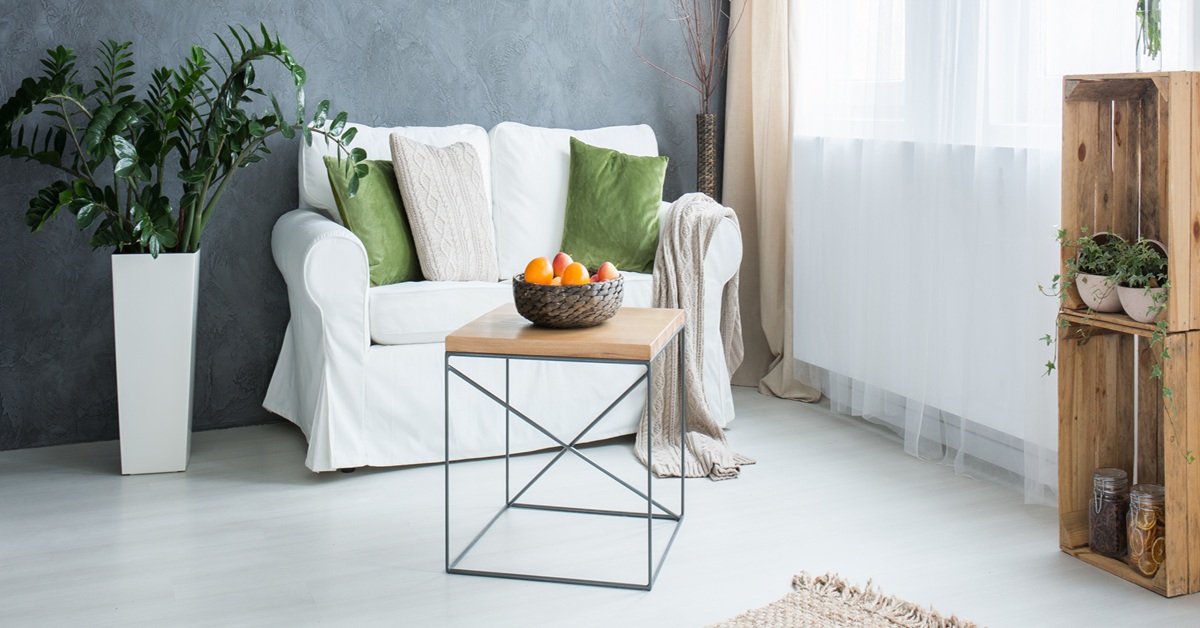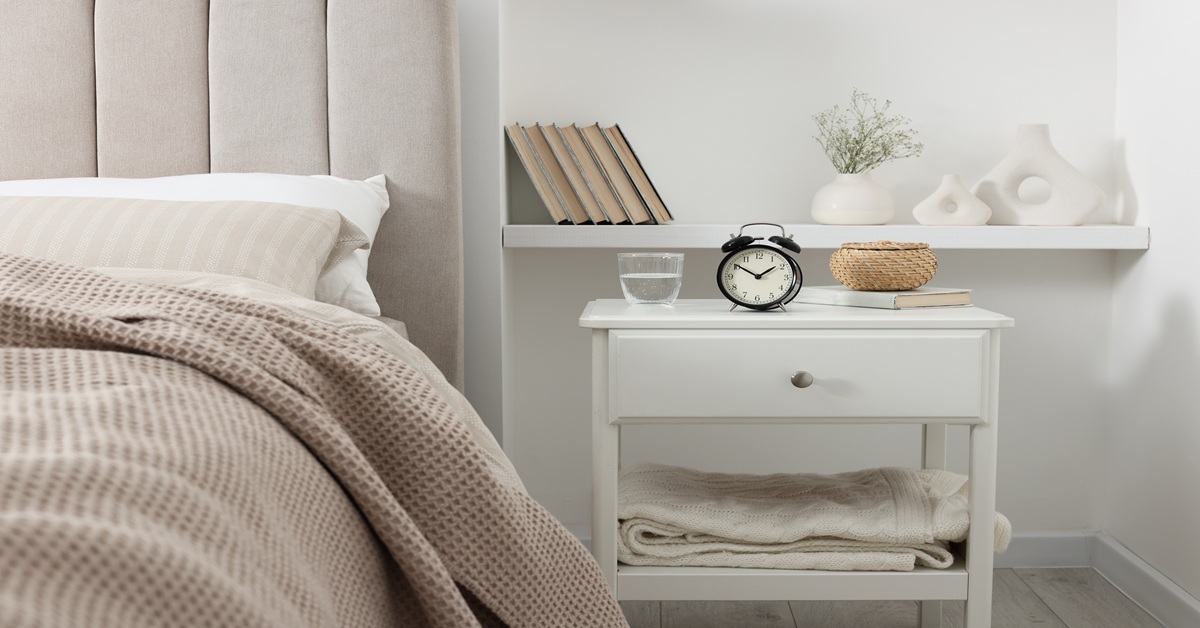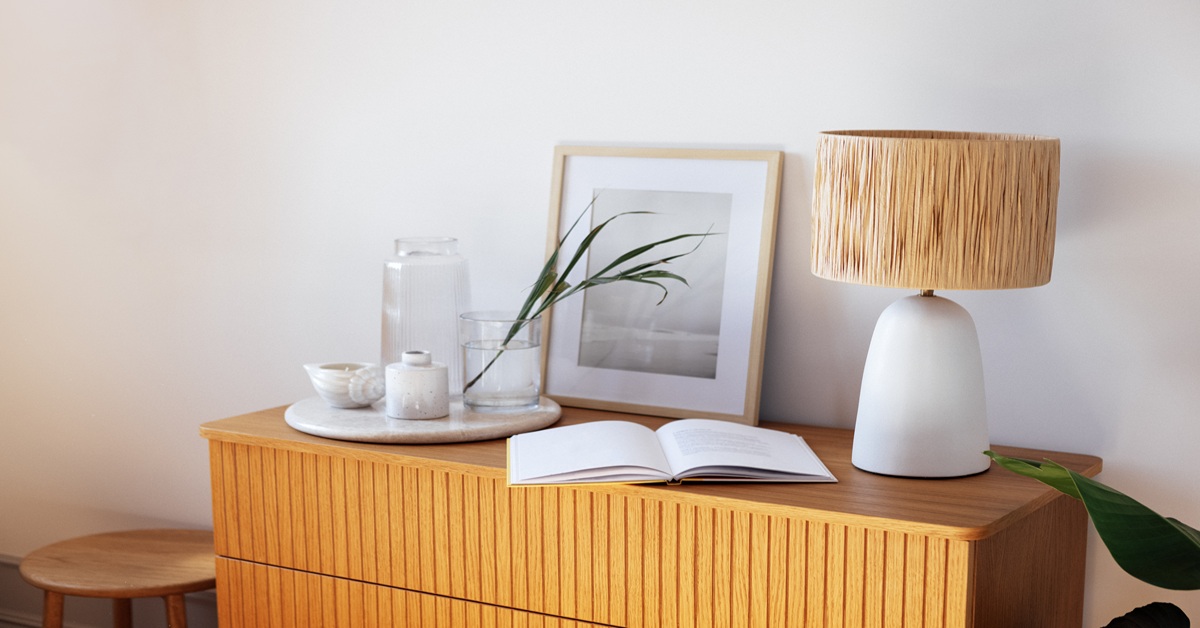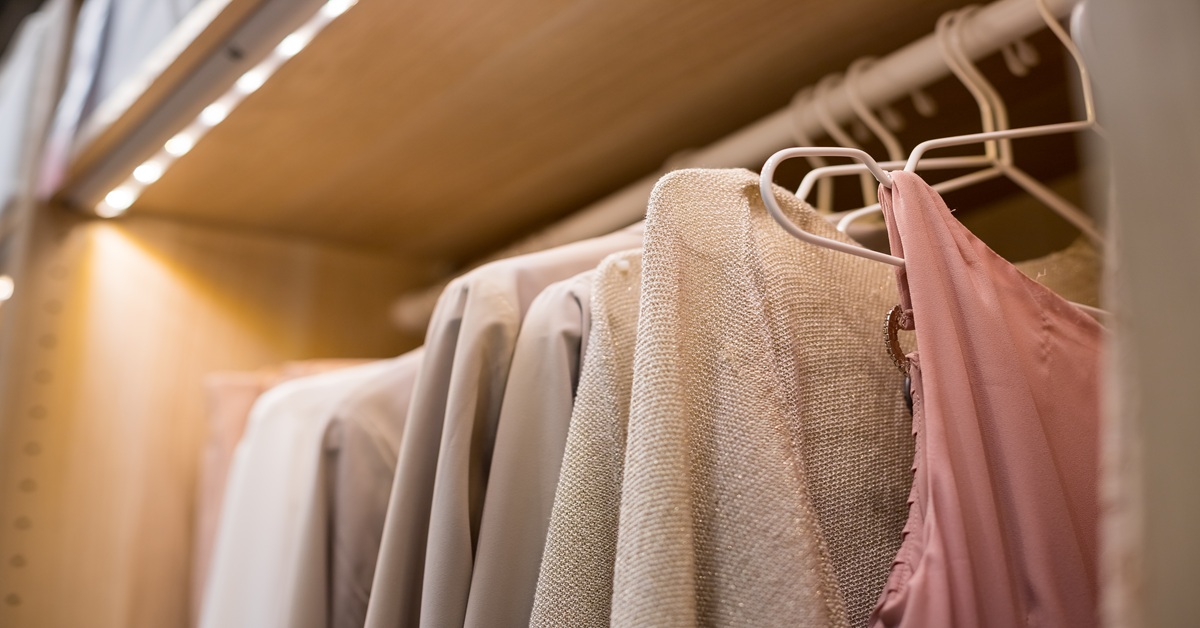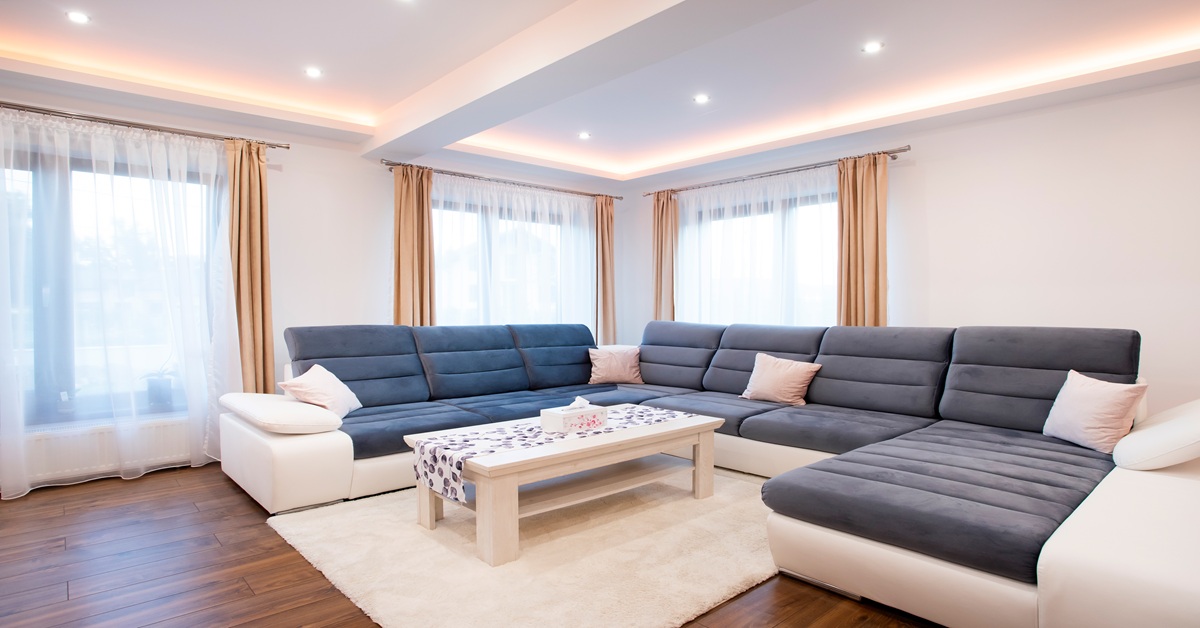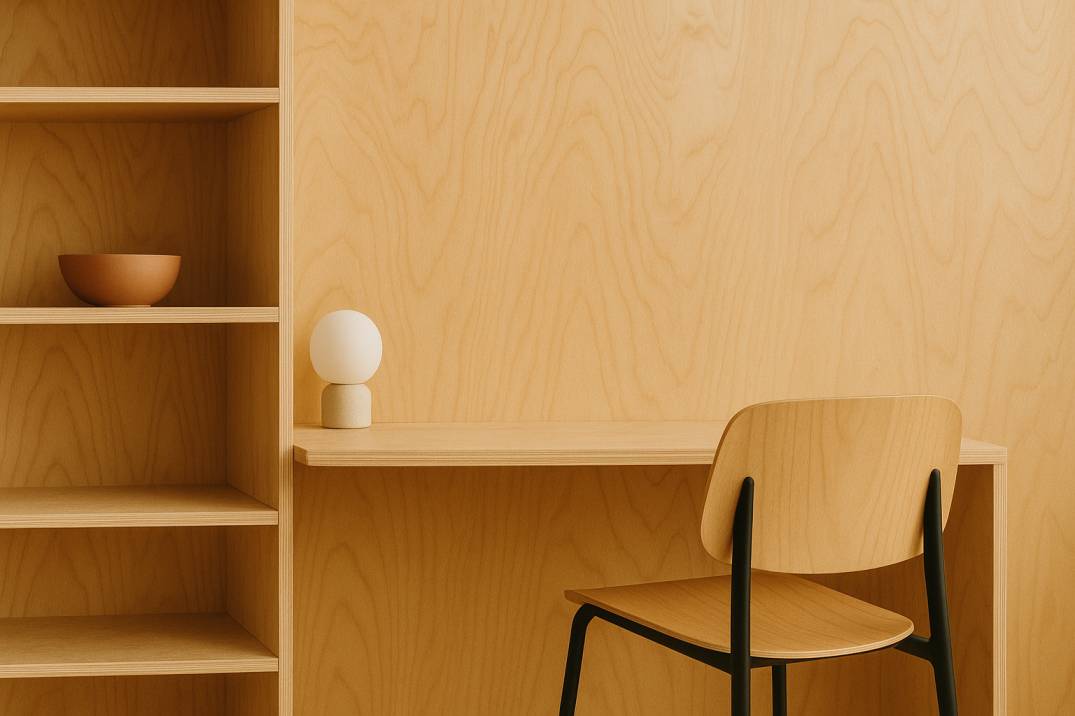
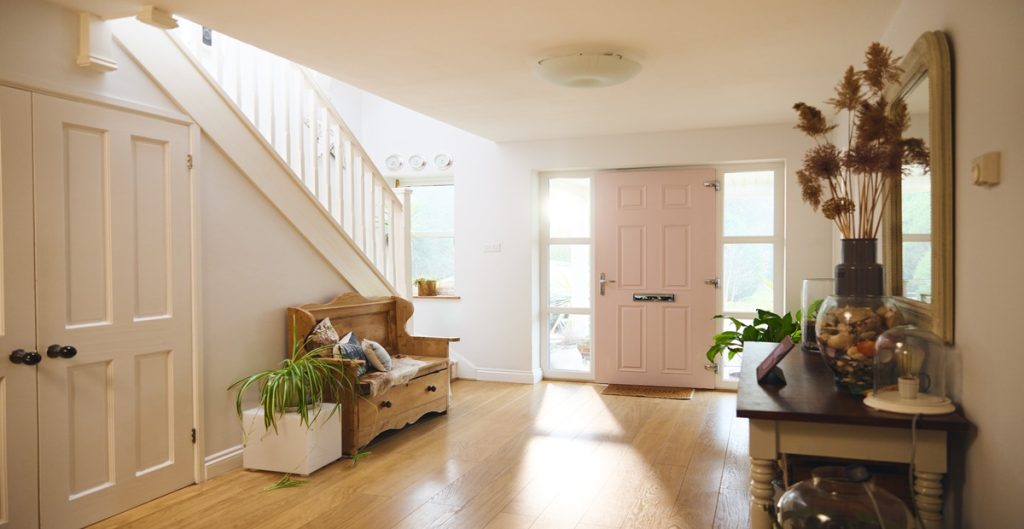
Introduction
A door is more than just a way to get in and out of a room; it also shows what the room is like. It’s the first thing a guest touches, and the way it looks, feels, and is built leaves a lasting impression. Plywood is the greatest material for making doors since it is strong, flexible, and affordable.
Table of Contents
ToggleWhy Plywood is an Excellent Choice for Doors
- Solid wood doors are not very good at staying the same size when the temperature and humidity fluctuate. When it’s wet outside, this can make doors stay in their frames, and when it’s dry outside, it can make gaps that look terrible. But this doesn’t happen with plywood. Cross-laminated construction, which puts veneers with their grains parallel to one another, provides a strong, even sheet that doesn’t bend or warp.
- A good piece of plywood is stronger and lasts longer than solid wood, even though it is lighter. Under a lot of pressure, high-quality resins hold the layers of wood veneers together. This creates a composite substance that is stronger and less likely to break than a single piece of wood. Plywood is an excellent choice for doors that get a lot of use and might get hit because it is so robust. A well-made plywood door can handle the wear and tear of a busy home, which will keep its structure robust for many years.
- Because plywood has a smooth, level surface, it is a very adaptable material for making doors. It works well with a lot of other finishes, like laminates, veneers, paints, and waxes. You can simply change the look of plywood to match your design demands. You can choose from a natural wood veneer for a classic style, a laminate for a modern look that doesn’t need much care, or a dramatic, custom-painted finish.
Get doors that fit flawlessly with calibrated plywood with precision thickness for smooth finishes and lasting performance.
Key Factors to Consider When Choosing Plywood for Doors
- When evaluating if plywood would work for a door, the first crucial item to think about is the grade of the plywood. Moisture-Resistant (MR) grade plywood is a popular and economical choice for doors in bedrooms and living areas. But for doors in places that get a lot of water, such as bathrooms, kitchens, and washing rooms, you need Boiling Water Proof (BWP) grade plywood. BWP plywood is put together using a high-quality, pure phenol-formaldehyde resin. It is incredibly hard for water, steam, and humidity to get through. This is the only choice for an interior door that will be in a moist area.
- The quality of the core and face veneers is particularly critical to how well plywood functions. The core, or central structure, should be built of high-density, high-quality wood with a tiny gap in the middle. There shouldn’t be any gaps in the middle of the plywood. It won’t break or split when you put weight on it, which makes it sturdy and stable. The face veneers should be smooth, even, and free of any faults because the final finish will be put on them.
- The plywood’s thickness affects how strong and long-lasting the door is. Commercial plywood sheets exist in varied thicknesses, but a door needs to be thick to be stable. Most internal doors should be between 25mm and 30mm thick. This is robust enough to keep them from bending and sagging. A sheet of plywood that is up to 35 mm thick would be better for big doors or heavy-duty usage to make sure it lasts longer and is safer.
Design and Finishing Options for Plywood Doors
- Laminates are a popular choice for plywood doors because they last a long time, come in many styles, and are easy to clean. They feature a large range of hues, textures, and patterns, from simple colours and abstract patterns to ones that appear like real wood grains. A laminated plywood door is an excellent choice for a busy home because it is particularly resistant to dents, scratches, and stains. It’s also quite easy to clean; all you need is a moist cloth.
- If you want the look and feel of real wood but don’t want to deal with the cost or upkeep of a solid wood door, veneers are the finest alternative. They provide a touch of natural elegance. A veneer is a thin piece of genuine wood that goes on top of the plywood. It has the same beauty as real wood, with its unique grain patterns and wide range of colours. You can stain or shine veneers to bring out their inherent beauty. This gives them a traditional look that will never go out of style.
- You can paint plywood doors to match any colour scheme, which provides you a lot of creative alternatives. A nice piece of pre-sanded board has a flat surface that paint sticks to very well, making the job look professional and even. You can choose a dark finish for a more elegant look or a high-gloss finish for a more modern, sleek style. You may even make the pattern more classic or sophisticated by adding lines or mouldings to the door’s surface before you paint it.
Upgrade to high-quality plywood doors that resist warping, handle moisture and give you unmatched design flexibility.
The Importance of Calibrated Plywood for Doors
- Accuracy is highly crucial when making doors, so they fit perfectly. The door may not fit well if the board is only a little bit thicker. This makes it hard to open and close, and makes the frame look uneven. Calibrated plywood, on the other hand, has an even thickness all the way around; thus, this risk is gone. The door fits perfectly into its frame with this level of accuracy, so it’s effortless to open and close. This level of accuracy is necessary to have a professional look and a door that operates well for a long time.
- The calibration procedure makes the surface of both sides of the board perfectly smooth and level. This means you won’t have to perform a lot of cleaning and prep work, which saves you time and effort and ensures the finish is excellent. The smooth surface of calibrated plywood makes sure that the finish stays perfectly when you put on a veneer, laminate, or coat of paint. There are no bubbles, bumps, or unevenness. This makes your door look and feel like a high-end one.
- When plywood is created, less material is wasted because it is all the same thickness. When you cut many door sections, a piece of plywood that isn’t the same width all the way through might lead to blunders and waste. You can be sure that every piece of calibrated plywood will be the appropriate width, which speeds up and lowers the cost of making things. This decline in waste is also good for the world because it implies that fewer resources are used.
Conclusion
The type of plywood you choose for your door is significant because it will determine how long it lasts, how well it performs, and how good it looks. If you get BWP-grade plywood that is pricey and has a strong core and a smooth surface, your door won’t deform, have water damage, or get bugs. You can be confident that your door will look well, fit well, and perform flawlessly if you use measured plywood. If you prefer a conventional veneer finish or a more modern laminate design, the best base for any project is a piece of plywood that has been carefully measured by a brand you can trust, like Wigwam.
Choose WigwamPly for doors built with strength, accuracy and style trusted by homeowners and designers alike.
FAQ’s
- Why is plywood better than solid wood for doors?
Plywood resists warping, shrinking, and swelling due to its cross-laminated structure, making it more stable than solid wood. - Which plywood grade is best for doors?
MR grade works for dry areas like bedrooms, while BWP grade is ideal for bathrooms and kitchens where moisture is common. - How thick should plywood be for a strong door?
Doors should generally be 25mm to 30mm thick, while larger or heavy-use doors may need 35mm for added strength. - What finish works best on plywood doors?
Laminates offer durability and easy maintenance, veneers provide natural elegance, and paints allow endless design flexibility. - Why use calibrated plywood for doors?
It ensures uniform thickness, smooth surfaces, and precise fitting, giving doors a flawless look and long-lasting performance.
